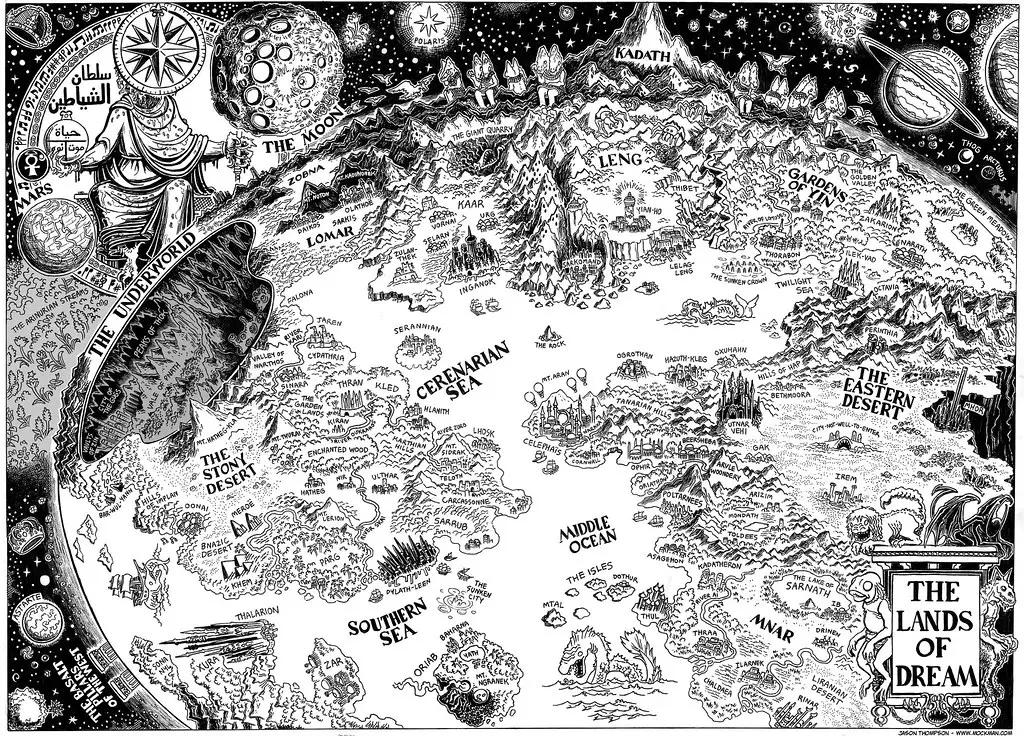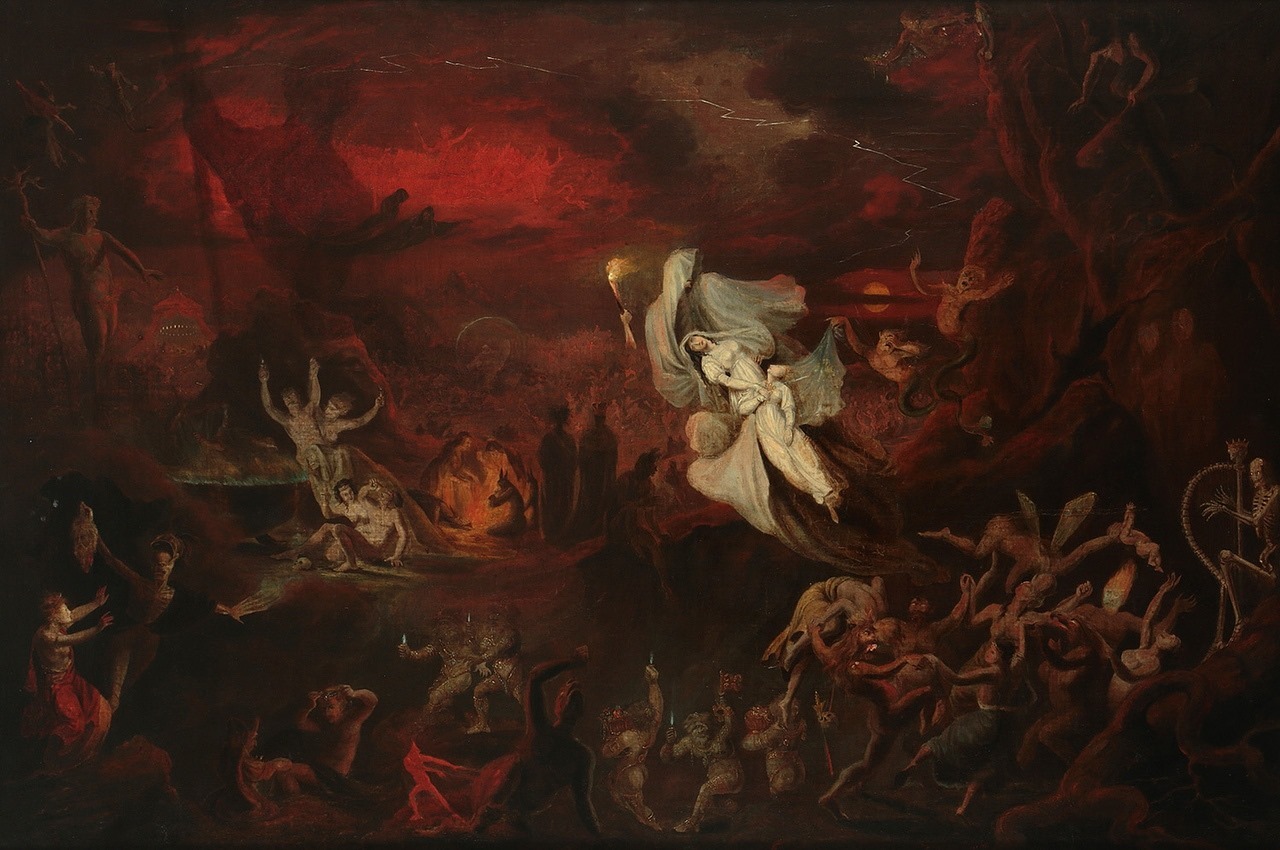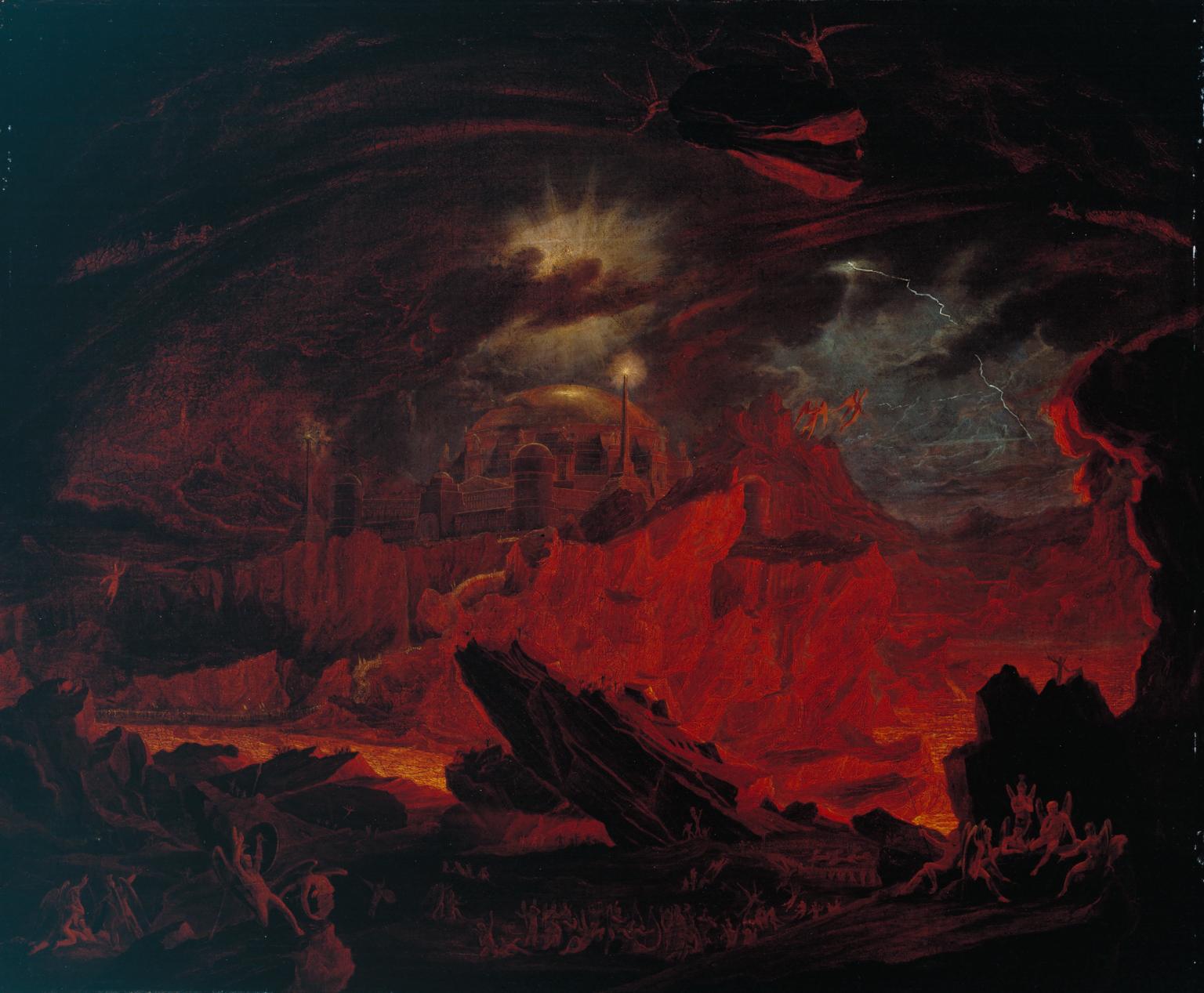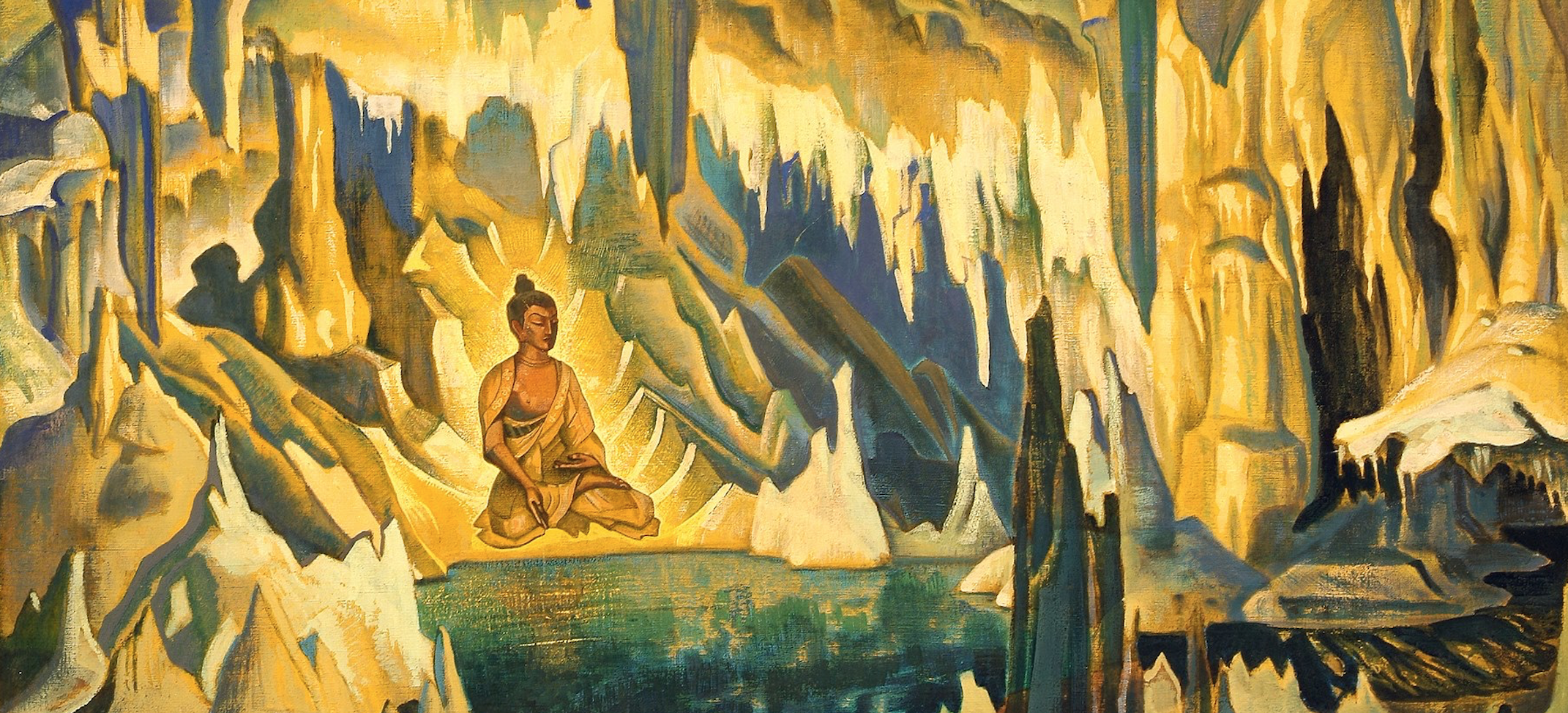Tag: Agharti
Underworld civilization in science fiction fiction
The topos of underground civilizations seems to be recurrent in the history of human thought, whether it is myth, folklore, esoteric knowledge, alternative reality or "simple" science fiction, to the point that sometimes it is difficult to label the various versions of the topos in a rather category. than in the other. Here we will deal with the variations of the topos in science fiction literature between the nineteenth and twentieth centuries.
"Underground" civilizations in myth, occultism and "alternative reality"
Simultaneously with the publication of our article on "Underworld Civilizations in Fantastic Literature" appeared in Cosmic Dimension, we have drawn up here a brief excursus on the same topos in the sacred traditions, in the esoteric sphere and in the "alternative reality" of the twentieth century
The secrets of Twin Peaks: the "Evil that comes from the woods"
di Marco Maculotti
«We will meet again in 25 years"—So Laura Palmer promised, trapped in the parallel dimension called" Black Lodge ", to agent Dale Cooper in the last episode of the second season of The secrets of Twin Peaks, which aired in the USA on 10 June 1991. What until recently seemed destined to remain a promise without a sequel is now on the verge of being kept: on 21 May the first episode of the third will be broadcast in America, highly anticipated season of the serial, which will pick up the subject exactly where we left off, with a gap of a quarter of a century. Waiting for the pilot episode of the new season to arrive on our television screens (May 26, on the channel Sky Atlantic) we want to propose to our readers an analysis of the more specifically "esoteric" themes they have made Twin Peaks a real media event of the nineties.
The Underground Kingdom (F. Ossendowski, "Beasts, Men, Gods")
(Taken from FA Ossendowski, «Beasts, Men, Gods: the mystery of the King of the World", Postal Code. XLVI)
Mongolia, with its bare and terrible mountains, its boundless plains scattered with the lost bones of the ancestors, gave birth to the Mystery. His people, frightened by the stormy passions of Nature or lulled by his death-like peace, feel the mystery of him. His "Red" and "Yellow" Lamas they preserve and make its mystery poetic. The Popes of Lhasa and Urga know it and possess it. I met the "Mystery of Mysteries" for the first time while traveling through Central Asia, and I cannot give it any other name. At first I did not give it much attention and I did not give it the importance that I subsequently realized it deserved, I only realized it after I had analyzed and compared many sporadic, vague and often contradictory clues. The elders on the bank of the Amyl River told me an ancient legend according to which a certain Mongolian tribe in their escape from the pretensions of Genghis Khan had hidden in an underground country. Later a Soyot who came from near the lake of Nogan Kul showed me the smoking door which serves as the entrance to the "Kingdom of Agharti". Through this door a hunter in the past had entered the Kingdom and, after his return, began to tell what he had seen there. The Lamas cut off his tongue to prevent him from telling the Mystery of Mysteries. Reaching old age, he returned to the entrance of this cave and disappeared into the underground kingdom, the memory of which had adorned and illuminated his nomadic heart. I received more realistic information on this from Hutuktu Jelyb Djamsrap in Narabanchi Kure. He told me the story of the semi-realistic arrival of the mighty King of the World from the underworld, of his appearance, his miracles and his prophecies; and only then did I begin to understand that in that legend, hypnosis or mass vision, whatever it was, hides not only the mystery but a realistic and powerful force capable of influencing the course of political life in Asia. Since that time I have started to carry out some investigations. Prince Chultun Beyli's favorite Gelong Lama and the prince himself gave me an account of the underground kingdom.





